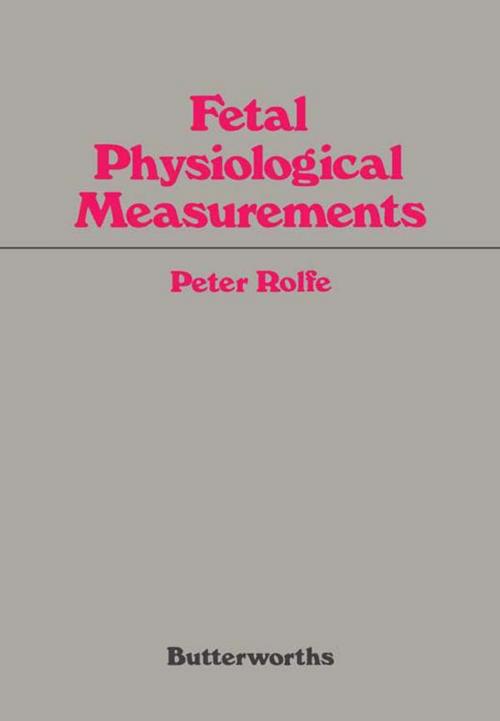Fetal Physiological Measurements
Proceedings of the Second International Conference on Fetal and Neonatal Physiological Measurements
Nonfiction, Health & Well Being, Medical, Specialties, Gynecology & Obstetrics| Author: | ISBN: | 9781483192024 | |
| Publisher: | Elsevier Science | Publication: | October 22, 2013 |
| Imprint: | Butterworth-Heinemann | Language: | English |
| Author: | |
| ISBN: | 9781483192024 |
| Publisher: | Elsevier Science |
| Publication: | October 22, 2013 |
| Imprint: | Butterworth-Heinemann |
| Language: | English |
Fetal Physiological Measurements provides information pertinent to the fundamental aspects of fetal and neonatal physiological measurements. This book discusses the accuracy of ultrasound autocorrelation method.
Organized into seven parts encompassing 45 chapters, this book begins with an overview of the various factors that cause fetal heart sounds to differ from those after birth. This text then examines the importance of phonocardiography in monitoring the fetal cardiovascular system. Other chapters consider the significant relationship between the fetal heart rate patterns and uterine activity, wherein each uterine contraction represents a stress for the fetus. This book discusses as well the assessment of fetal motor activity in utero, which became feasible after the introduction of real-time ultrasound into obstetrics. The final chapter deals with the primary causes of neurological morbidity and mortality related to determinable events in the neonatal period.
This book is a valuable resource for obstetricians, pediatricians, physiologists, and biomedical engineers.
Fetal Physiological Measurements provides information pertinent to the fundamental aspects of fetal and neonatal physiological measurements. This book discusses the accuracy of ultrasound autocorrelation method.
Organized into seven parts encompassing 45 chapters, this book begins with an overview of the various factors that cause fetal heart sounds to differ from those after birth. This text then examines the importance of phonocardiography in monitoring the fetal cardiovascular system. Other chapters consider the significant relationship between the fetal heart rate patterns and uterine activity, wherein each uterine contraction represents a stress for the fetus. This book discusses as well the assessment of fetal motor activity in utero, which became feasible after the introduction of real-time ultrasound into obstetrics. The final chapter deals with the primary causes of neurological morbidity and mortality related to determinable events in the neonatal period.
This book is a valuable resource for obstetricians, pediatricians, physiologists, and biomedical engineers.















